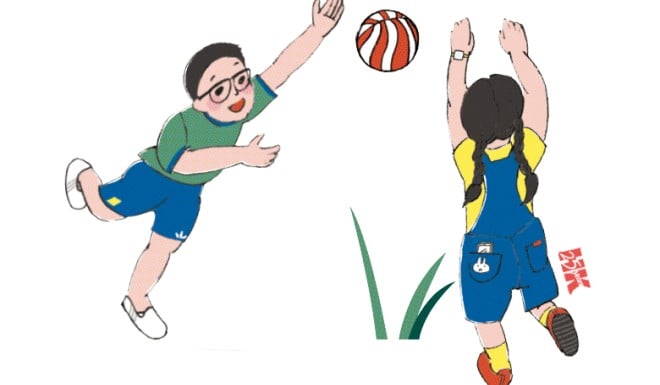Time Hopping: Revisiting Hong Kong's Old School Games
What did kids do, before the advent of phones? They had fun the old-fashioned way.

Turn the clock back to the days when an “Apple” was just a fruit. What on earth did kids do before they became the tech-obsessed, phone-bound Pokémon trainers of today?
Rubber band jump rope (橡筋繩)

Back in the days when poor Hongkongers couldn’t afford a real rope, someone came up with the brilliant idea of stringing dozens of rubber bands into a long cord instead.
How to Play: There are two ways to play. The first is more straightforward—the jumper attempts to jump over the rope when two other players raise it from ankle level to shoulder level. The other way is to make a series of different jumps while the position of the string rises. There’s a chant too, which goes, “Small ball, banana oil, flowers bloom and twenty one…” It doesn’t make a lot of sense in Cantonese either.
Read More: The Complete History of Lan Kwai Fong
Read More: Who Invented the Hong Kong Egg Puff?
Aeroplane Chess (飛行棋)

Largely resembling the boardgame Ludo, Aeroplane Chess gets its name from its playing pieces, which have planes painted on top. The board is divided into four areas by color.
How to Play: The objective is simple: The first player to move all their planes to the finish wins. Starting from the “hangars” at the corners, roll the dice to decide the number of steps your plane moves each turn. On the subject of board games, the marble-based “Chinese checkers” was invented in Germany in 1892 and had nothing to do with China—it was just given the name to make it sound more “mysterious.”
Watermelon Ball (西瓜波)
